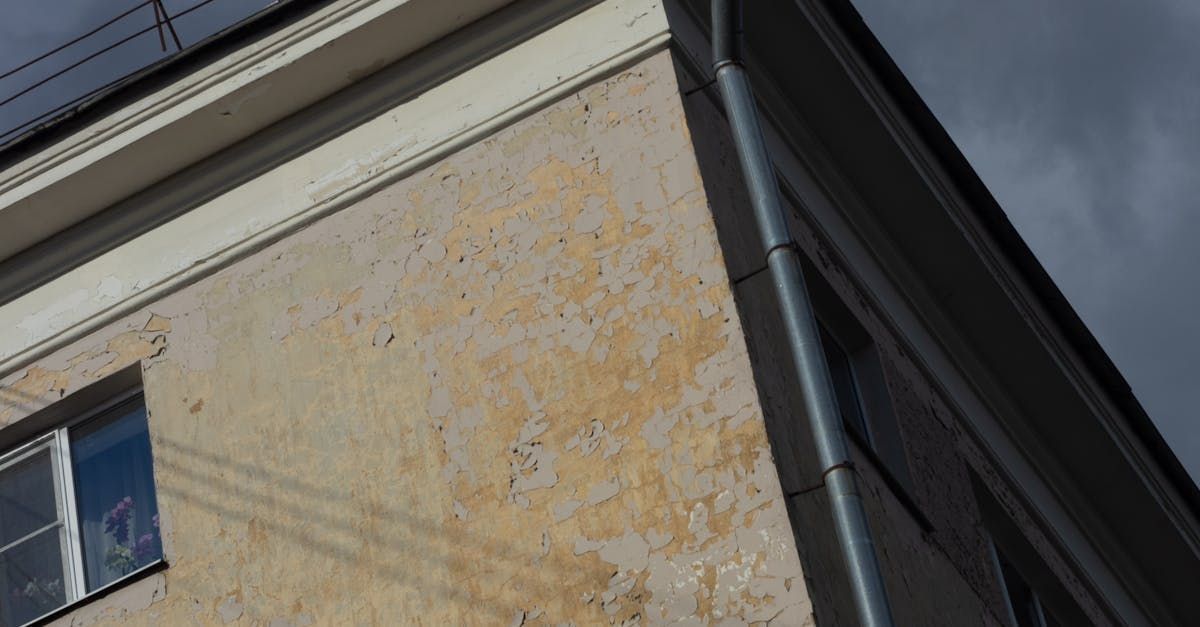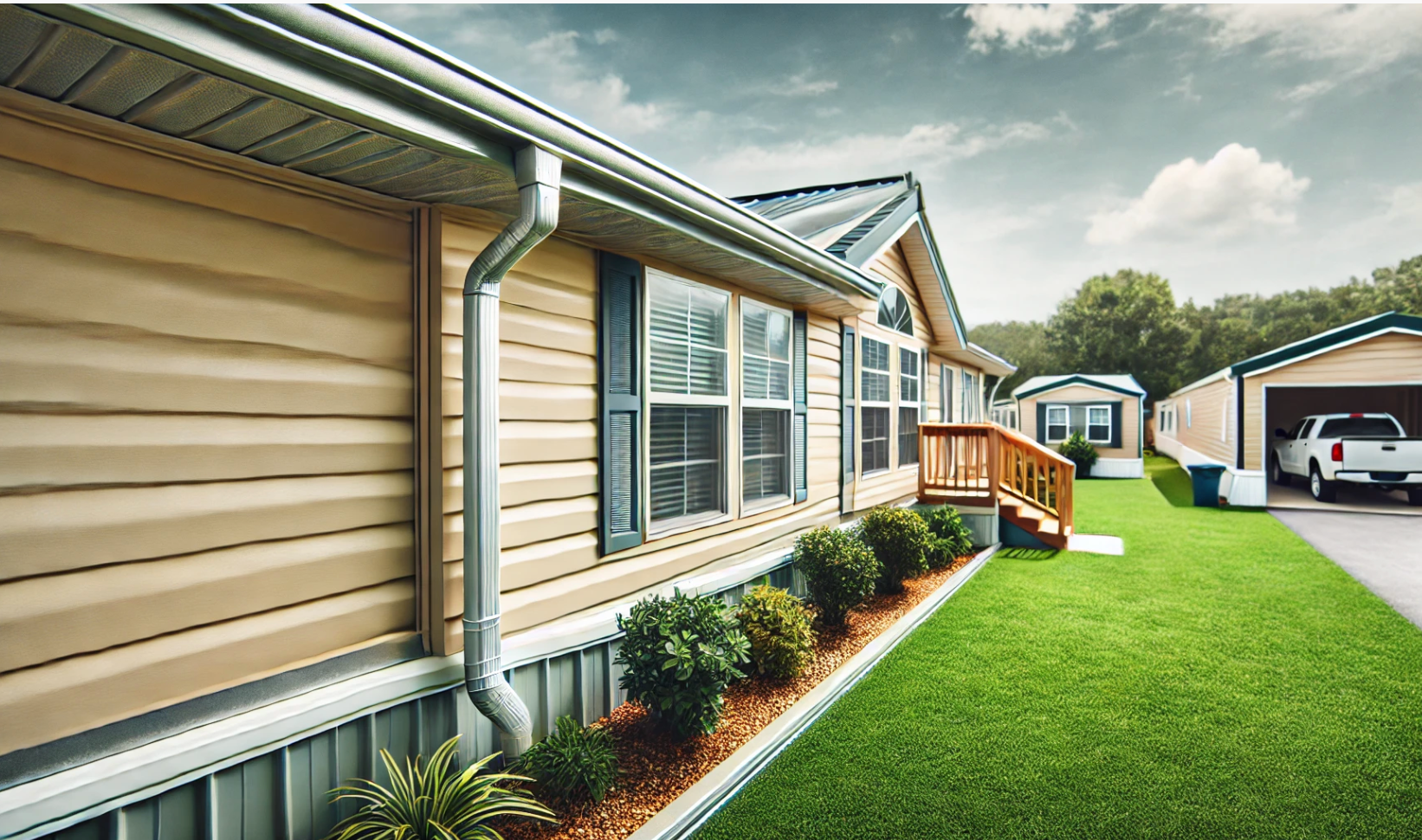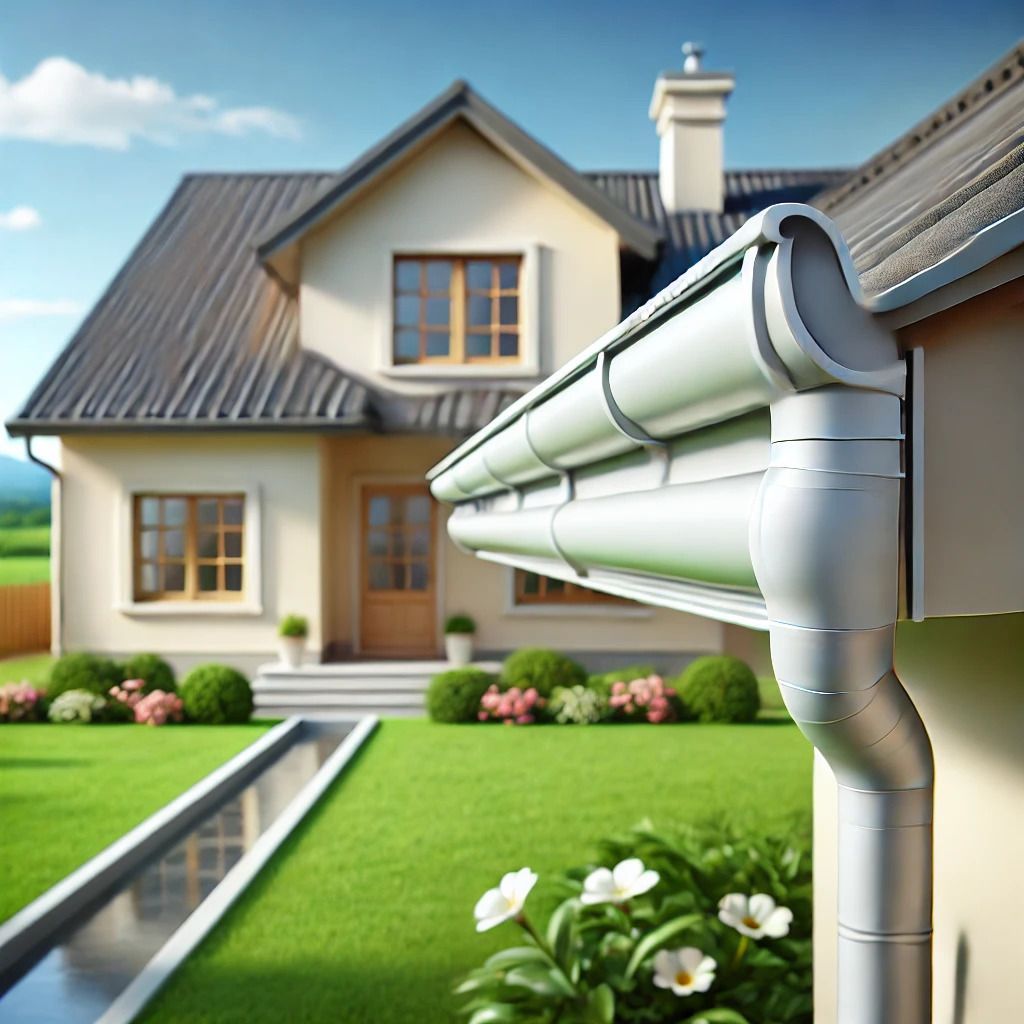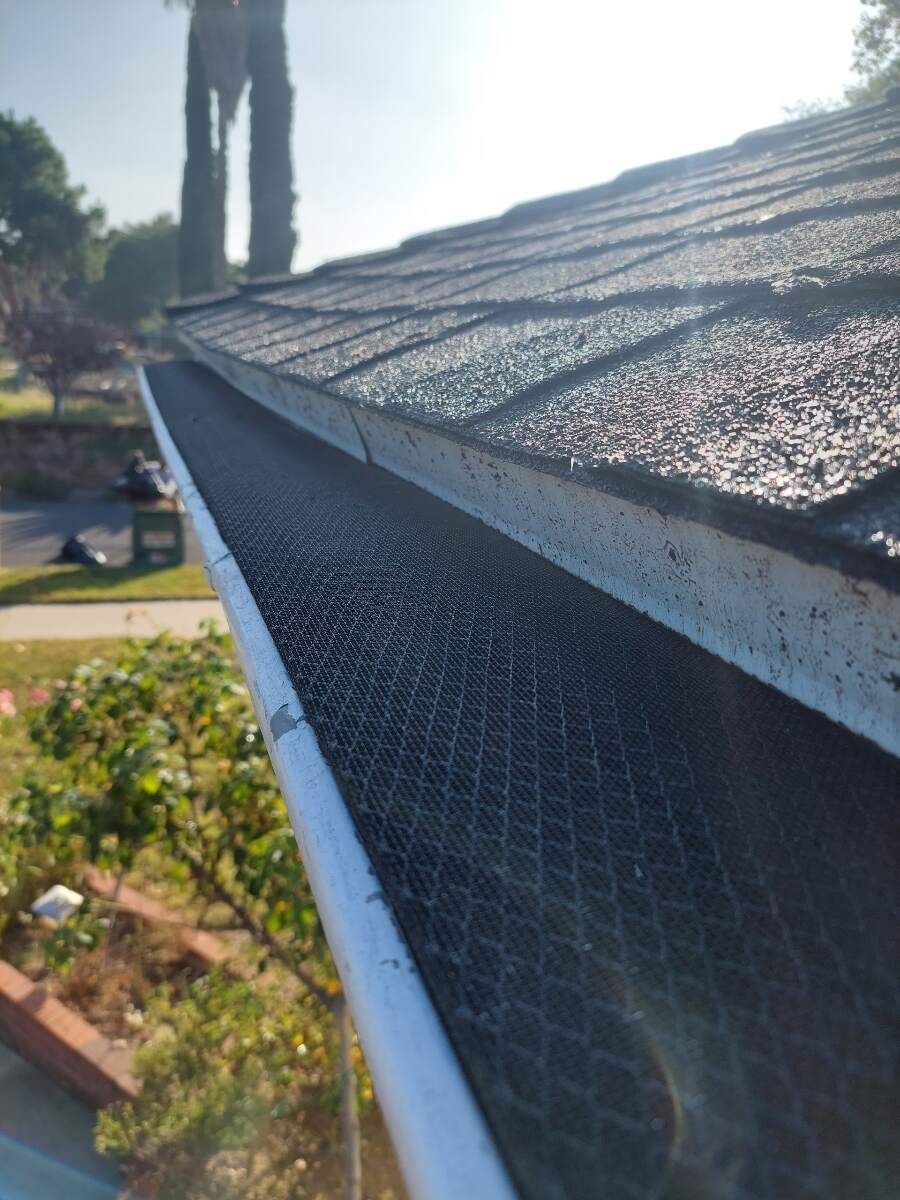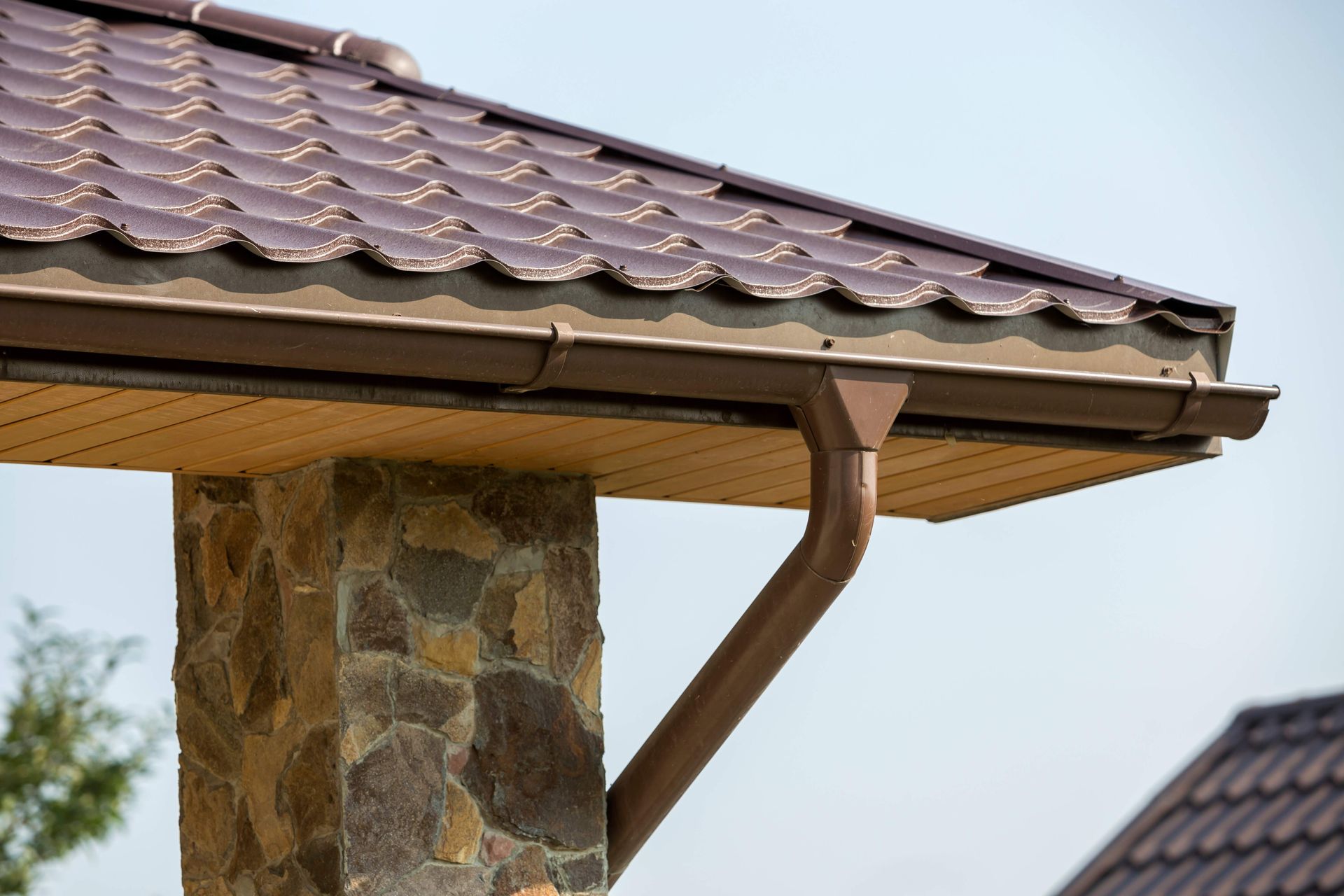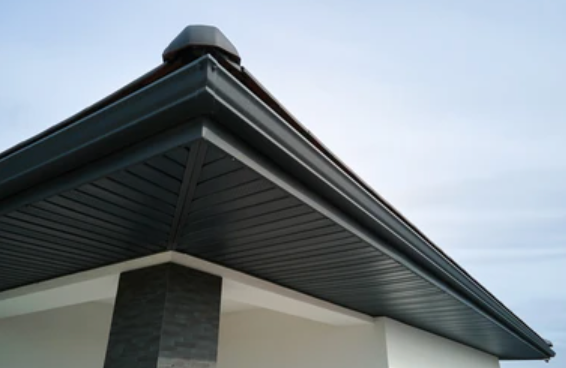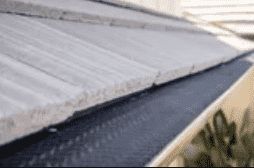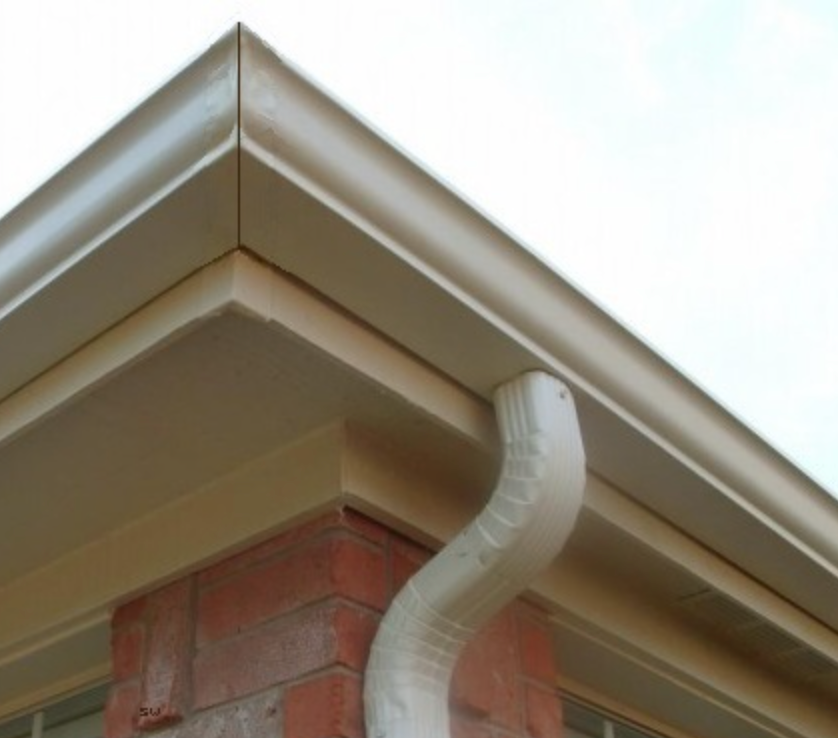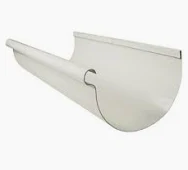Don't Risk Your Health with DIY Gutter Installation
Maintaining a home is a constant endeavor, and for many homeowners, do-it-yourself (DIY) projects are a way to save money and take pride in their property. From painting rooms to landscaping, there's no shortage of tasks to tackle. One such task is installing or replacing gutters, which can be deceptively challenging. While it may seem like a straightforward project, DIY gutter installation can lead to a range of injuries and complications if not executed with care. In this blog, we'll explore the common injuries that can occur when homeowners take on gutter installation themselves, emphasizing the importance of safety and when it might be best to call in the professionals.
Don't Risk Your Health with DIY Gutter Installation
Before delving into the potential injuries associated with DIY gutter installation, let's first understand why gutters are crucial for a home. Gutters are an essential component of a house's drainage system. They collect rainwater from the roof and channel it away from the foundation, preventing various problems such as:
- Foundation Damage:
Excess water running down the sides of your home can erode the soil around the foundation, leading to cracks, settling, and structural issues.
- Basement Flooding:
When water is not properly directed away from the foundation, it can seep into the basement, causing flooding and damage to stored belongings.
- Landscape Erosion:
Uncontrolled water flow can erode soil, damage plants, and wash away landscaping features.
- Roof and Siding Damage: Water cascading off the roof can damage shingles, fascia, soffits, and siding, leading to costly repairs.
- Falls from Height:
One of the most significant dangers associated with DIY gutter installation is the risk of falling from ladders or roofs. Homeowners often underestimate the height and balance required for this task. Falls can result in broken bones, head injuries, and, in severe cases, paralysis or death.
- Ladder Accidents: Even when not working on the roof itself, climbing ladders can be hazardous. Improper ladder setup, sudden shifts in weight, and overreaching can lead to falls and injuries like sprains, strains, or fractures.
Cuts and Abrasions: Gutter materials can be sharp, especially if they have not been properly cut or handled. These sharp edges can lead to cuts and abrasions when homeowners come into contact with them during installation. - Electrical Hazards:** Gutters are often attached to a home's fascia, which may be close to electrical wiring or fixtures. Mishandling electrical components can lead to shocks, burns, or even fires.
- Musculoskeletal Strain: DIY gutter installation can be physically demanding. Lifting heavy materials, bending, reaching, and holding awkward positions can strain muscles and joints, leading to long-term pain and injuries.
- Tool-Related Injuries:
Inexperienced homeowners may not be familiar with the proper use of tools required for gutter installation. This lack of knowledge can result in tool-related injuries, such as puncture wounds, eye injuries, or even amputations.
- Dehydration and Heat-Related Illnesses: Gutter installation often occurs in warm weather. Working in the sun without proper hydration and protection can lead to heat exhaustion or heatstroke, both of which can be life-threatening.
- Chemical Exposure:
- Some gutter sealants and adhesives contain harmful chemicals. Inhaling fumes or getting these substances on the skin can result in respiratory problems, skin irritations, or chemical burns.
Given these potential problems, it's evident that gutters play a vital role in protecting your home and its value. However, their installation is not without risks.
Safety Measures for DIY Gutter Installation:
While DIY gutter installation can be risky, it doesn't mean you should never attempt it. If you're determined to take on this project, it's essential to prioritize safety. Here are some safety measures to consider:
- Educate Yourself: Before starting the project, thoroughly research the installation process. There are numerous online tutorials, videos, and DIY guides available to help you understand the steps involved.
- Use the Right Equipment:** Invest in high-quality tools and equipment specifically designed for gutter installation. This includes sturdy ladders, safety harnesses, and gutter hangers or brackets.
- Stay Hydrated: If working in hot weather, drink plenty of water to prevent dehydration and heat-related illnesses. Take regular breaks in the shade to cool down.
- Wear Protective Gear: Use appropriate personal protective equipment (PPE), including gloves, safety goggles, and a dust mask when working with gutter materials, sealants, or adhesives.
- Buddy System: Whenever possible, work with a friend or family member who can assist you. Having someone nearby can be crucial in case of accidents or emergencies.
- Inspect and Maintain Your Equipment: Before each use, inspect your tools and equipment for damage or wear. Replace any faulty or worn items to avoid accidents.
- Follow Safety Guidelines: Adhere to safety guidelines and best practices when using ladders, power tools, and handling materials. Never take shortcuts or unnecessary risks.
- Plan and Communicate: Plan your work carefully, and communicate with others in your household to ensure everyone is aware of your project. This can help prevent accidental injuries.
When to Call the Professionals
While DIY projects can be rewarding, it's essential to recognize when a task exceeds your expertise or poses significant risks. Gutter installation can fall into this category for many homeowners. Here are some situations when it's best to hire professionals:
- Roof Pitch: If your home has a steeply pitched roof, working on gutters becomes much more dangerous. Professionals are trained and equipped to handle such conditions safely.
- Multiple Stories: If your home has more than one story, DIY gutter installation can be especially perilous. Professionals have the necessary equipment and experience to work at heights safely.
- Complex Layouts:
Homes with intricate gutter layouts or unique architectural features may require specialized knowledge and equipment that homeowners may not possess.
- Limited Time or Expertise: If you're short on time, or if you lack the necessary skills and experience for gutter installation, it's best to entrust the task to professionals.
- Age or Physical Condition: Consider your age and physical condition. If you have mobility issues or health concerns, it's safer to hire professionals who can perform the job safely.
Summary
DIY gutter installation can be a cost-effective way to maintain your home, but it comes with significant risks. Falling from heights, ladder accidents, cuts, electrical hazards, and more are all potential injuries that can occur during the process. To mitigate these risks, it's crucial to prioritize safety by using the right equipment, educating yourself, and following best practices. However, there are situations when it's simply safer and more practical to hire professionals. The safety of you and your family should always come first, and it's worth the investment to ensure that your gutters are installed correctly and without harm.


